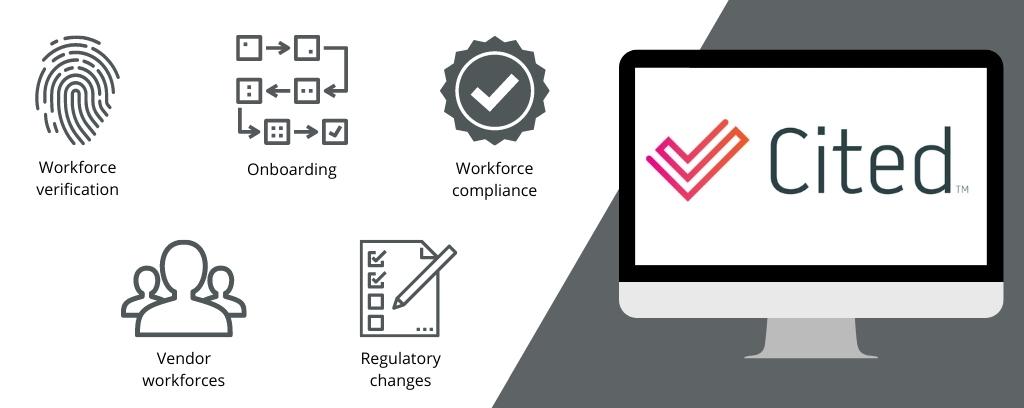Government oversight is a divisive issue. While some point to the strength of Australia’s regulatory and governance arrangements and celebrate the safety, social, environmental and competition benefits they create, other decry what they see as over-regulation and a so-called nanny state that can hamper personal freedoms, business growth and innovation.
The Department of Industry, Science, Energy and Resources articulates this tension in the quote below:
Strong regulations provide the confidence, both here and overseas, that Australian products and services are safe, consistent and reliable.
However, there is a trade-off. If the regulatory system unnecessarily impedes business innovation, they may not adopt new technology to grow and create jobs.
In a rapidly moving digital economy, getting the balance right is harder than ever. Technology is developing much faster than new regulations can be written. Business models can change rapidly. Regulations can quickly become redundant and the impacts of new technologies and business models can be particularly difficult to forecast.
Well-known examples of new business models outpacing government regulations include the hotly-contested employment status of Uber drivers, and the booming “Buy Now Pay Later” industry which has consumer groups calling for urgent government regulation.
Workforce compliance
Workforce compliance is just one small part of the regulatory landscape that businesses of every size must navigate, but it is complex enough to generate significant business costs and take up time and resources for HR admins.
Regulatory burdens disproportionally impact small businesses, as pointed out in a Treasury report titled Regulation and small business:
Small businesses experience the burden of regulation more keenly than larger businesses because small businesses have fewer resources and are unable to take advantage of ‘economies of scale’ in order to understand, comply with and benefit from regulation.
Yet large organisations also face significant challenges despite having more resources at hand to manage compliance. A global enterprise, for example, operates under several compliance oversight regimes. Organisations employing workers in Australia must manage overlapping regulations at the federal, state, and local levels while maintaining certifications, accreditations and international standards.
Compliance management is complicated further by the growing reliance on non-employee or contingent labour, along with on-demand workers. According to SEEK, contingent workers now make up around 30% of the market. While engaging gig workers offers huge cost savings opportunities for businesses seeking to keep employee numbers down, it also leads to a parallel increase in compliance risk. Working with third parties exposes organisations to a mismatch in compliance standards, along with unaligned systems and processes. What is needed is a workforce compliance one-stop-shop that is sophisticated enough to manage regulatory checks for internal employees and external parties.
While workforce compliance has several benefits including increasing worksite safety and reducing the likelihood of fraud, it can lead to challenges including longer start times for new employees, project delays while site access compliance issues are overcome, and the rising costs of trying to track and manage compliance.
In short, compliance is a necessary burden. But with a sophisticated workforce compliance engine, organisations can stay 100% compliant, 100% of the time.
Cited’s compliance array
Cited was created in response to the administrative nightmare created by trying to keep track of the credentials of thousands of workers operating across multiple sites with varying regulations and environments. Our compliance array is a single solution that can be easily tailored to monitor and maintain every type of compliance element. This includes:
- Workforce verification: Accredited checks including ID verification, medical, drug and alcohol testing, and automated renewals.
- Onboarding: Digital collection of documents, online inductions and training packages.
- Workforce compliance: Automated notifications telling you and your employees what you need to know, when you need to know it).
- Vendor workforces: Regulatory reporting automation software provides unparalleled visibility, making it easy to follow up vendors when necessary.
- Regulatory changes: Staying up-to-date with the most recent government guidelines.

With Cited, organisations can navigate the challenges of an increasingly complex regulatory environment with ease. Get in touch today to learn more.




